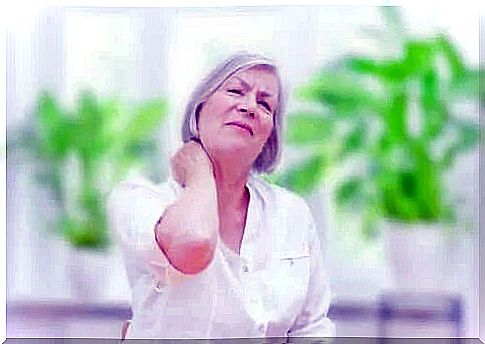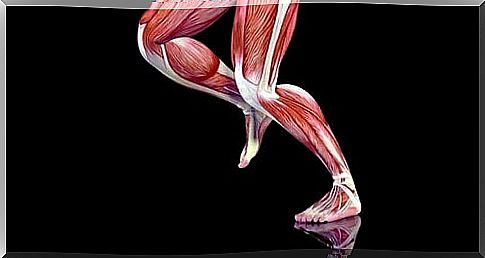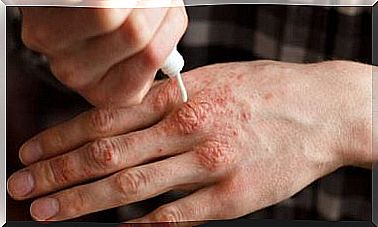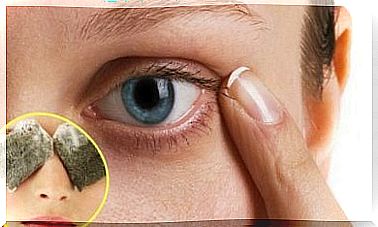Trigger Points: What Are They And How Are They Treated?

Muscle pain is a classic problem that adults complain about both during doctor’s appointments and in the emergency room. Today, we will analyze myofascial syndrome, explain what the trigger points are, and discuss possible treatment options.
The muscular system represents almost 50% of an adult’s weight. Therefore, it should come as no surprise that muscle soreness is a common cause of discomfort. Trigger points are fundamental when it comes to explaining myofascial syndrome. These points refer to specific painful regions of the muscles.
What are the trigger points?
Therefore, myofascial syndrome is a set of muscle pain caused by the trigger points and their stimulation. In other words, we cannot consider this syndrome without identifying where these regions are and what they react to.
In myofascial syndrome, on examination of the muscle, a location-specific pain may be observed, which is part of a larger palpable band. This bandage tends to be tense, almost like a contracture of muscle fibers.
Therefore, the term “trigger point” refers to this specific area of pain. Experts found at least 255 triggers distributed in various muscles in the body. In fact, no part of the body lacks trigger points.

What are the symptoms of trigger points?
These include the following:
- Shoulder belt: the area of the trapezius muscle
- Pelvic girdle: the pelvic region
- Chewing muscles
If a trigger point is active, the pain is spontaneous. Moreover, you do not have to apply pressure to it to produce symptoms. Instead, latent trigger points are those that respond only to external stimuli.
If myofascial syndrome affects the muscles of the face, then it will produce symptoms associated with the auditory system (eg, dizziness, imbalance and ringing in the ears). In more severe cases, it can even lead to spontaneous fainting and vomiting.
How to treat trigger points
There are different techniques to eliminate trigger points. Some of these are invasive and others are based on general measures. Non-invasive options include the following:
- Therapeutic massage, relaxing massage
- Cryotherapy or cold therapy (application of cold temperatures)
The use of prolotherapy has also gained ground in the treatment of myofascial syndrome. This option consists in applying the irritants directly to the affected tendons and tissues. The main objective is to restore lost mobility.










